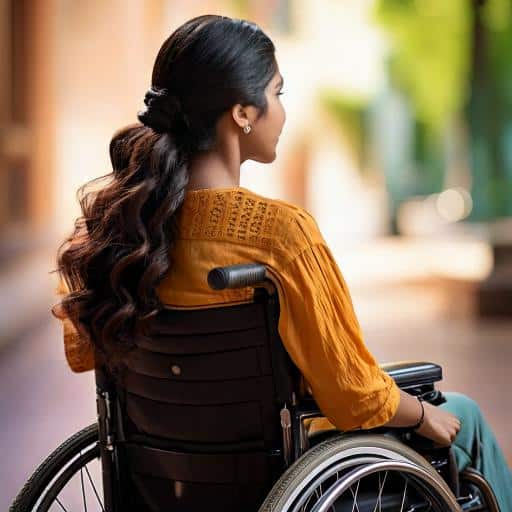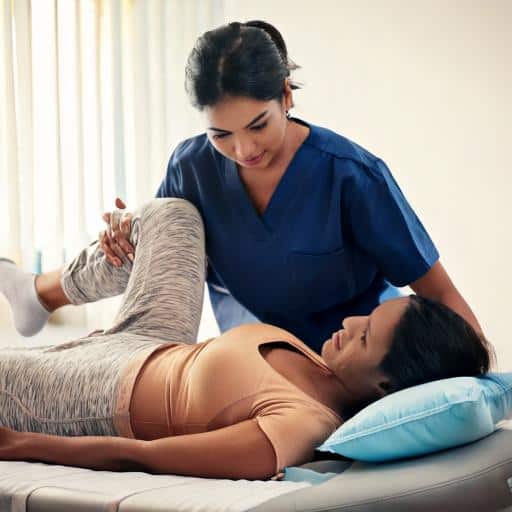A Study into Guillain-Barré Syndrome

What is Guillain-Barré Syndrome?
GBS, or Guillain-Barré syndrome, is a rare autoimmune disease that sometimes occurs when the body’s response to an infection goes awry. In such cases, the immune system attacks the myelin and occasionally the axons of the peripheral nerves, resulting in delayed, altered or blocked neurological signals. Consequently, this causes sudden numbness and muscle weakness that can impact most of the body, as well as ataxia (a neurological sign that causes a lack of coordination in the body’s muscles) and paresthesia (a tingling sensation) that begins in the lower extremities and ascends bilaterally.
While a sudden and difficult condition to be afflicted with, with the right treatment and rehabilitation methods, most people with GBS can make a full recovery.
How can GBS be treated?
It’s always advisable for someone suffering from GBS to seek professional help- initially from a physiotherapist, gradually building up their strength and advancing to Pilates. Research shows that supervised, customised exercises can reduce fatigue and improve strength and quality of life for those afflicted with the condition, as opposed to unsupervised exercises at home.
Starting off with physiotherapy- a patient may be prescribed some passive range-of-motion exercises to prevent joint stiffness, followed by bed mobility exercises to build strength and coordination. Eventually, once a base level of strength has been achieved- Pilates comes into play.
Since it focuses on improving core strength, flexibility, and balance, Pilates can be particularly helpful for those recovering from GBS. It can aid patients in the following ways:
- Balance and Control: People with GBS lose balance and control of their muscles. By employing a series of low-impact exercises in a safe and supported manner, Pilates can help challenge balance and build control.
- Core Strength: Strengthening the core can improve overall stability and support functional movement as strength returns.
- Range of Motion: Muscle and tendon stiffness are one of the side-effects of GBS. In this case, Pilates exercises can be practised using machines to gently support and move the muscles through their range of motion, starting with the range the client has and then gradually building on that.
- Proprioception: The use of various props in Pilates like balls, jump-boards, foam-rollers, or spiky balls can help the client improve their sense of proprioception.
- Eccentric Control: Pilates equipment can help muscles build strength in the muscles in their lengthened state which aids control and functional activities.
- Breathing: Often with GBS, the respiratory system is affected. Pilates can help with this as it focuses on deep inhalations and controlled long exhalations as one works on their movements.
- Mind-Body Connect and Confidence: The focus on controlled movements and breath can help individuals regain confidence in their bodies and promote mental well-being.

A Moushu’s Pilates Champion: Tina
Tina’s struggle with Guillain-Barré syndrome began shortly after receiving the Covid-19 vaccination, which developed into a chronic version of GBS called CIDP (Chronic Inflammatory Demyelinating Polyneuropathy).
She awoke one morning with pain in the upper right side of her back. As time went on, she experienced weakness in her limbs and numbness and drooping in her eyelids and upper lip, accompanied by watering of the eyes and an inability to drink water without it spilling out.
She was rushed to the hospital and was admitted to the ICU for the night, where she was administered an IVIG dose (intravenous immunoglobulin, used to treat a variety of autoimmune diseases). From this point on, her condition continued to deteriorate and she had to spend almost 3 months in the hospital. as her throat began to close up the doctors tried to administer a feeding tube to help her eat- but she refused it. As difficult as it was to swallow food and tablets, she persevered.
The doctors conducted a series of nerve conductor tests which required administering painful shocks from her fingers to her toes, as well as some shocks to stimulate the muscles of her face as at this point, she’d lost control of her facial muscles and could barely talk.
In the 3 months she spent at the hospital, her condition advanced until she was completely paralyzed. A physiotherapist would work with her twice a day, moving her limbs for her. The doctors at the hospital remarked that they had never seen such a severe case of GBS before as most patients often showed signs of improvement after 2 rounds of IVIG. In Tina’s case, however, multiple rounds of IVIG, a cocktail of drugs and even chemotherapy did not yield positive results and she continued experiencing headaches, blurry vision, hair-fall and complete paralysis.
However, after about 3 months and 3 rounds of IVIG, she finally began to regain feeling in her limbs, being able to raise her hand and fold her legs. At last, she was able to go home to her children who unfortunately, could not see her smile since she had not yet regained control of her facial muscles, but who undoubtedly knew how happy she was to be reunited with them.
Thus began her uphill road to recovery. With physiotherapy for 2 hours a day by practising slow, assisted movements in bed, she proved her doctor wrong by beginning to walk in 3 months instead of 9. Gradually, her motor functions improved and she recalls her first big achievement as the day she was able to button her jeans.
She started rehab Pilates with Moushu’s Pilates studio. Together, we worked to increase her sense of proprioception, balance and muscle control. We used various machines to aid her progress like the reformer, tower and chair.
An inspirational and wonderful woman, Tina’s story is a lesson in mental resilience and positivity. She recounts looking out of the window and listening to music to keep herself happy and occupied, being surrounded by her family and their positive attitude all the months she was hospitalised and most importantly, never losing hope and always being certain that she would leave the hospital and return home.
Tina owes her recovery to her determination, sunny disposition and her never-say-die attitude. So while we say doctors, physiotherapy and Pilates can help cure a lot, in Tina’s case we’re happy to say, we stand corrected.
Author: Aarti Jhunjhunwala
Co-Author: Sameera Shaikh
A person for whom it took 4 years and a degree in Hospitality to figure out she was in the wrong industry. Sameera is now a seasoned marketer who works in Brand Communications, Strategy and Content while dabbling in freelance content, blog and creative writing.
Tags:
#GBS #Physiotherapy #Pilates #Paralysis #Rehabilitation #CoreStrength #PhysicalTherapy #SuccessStory

